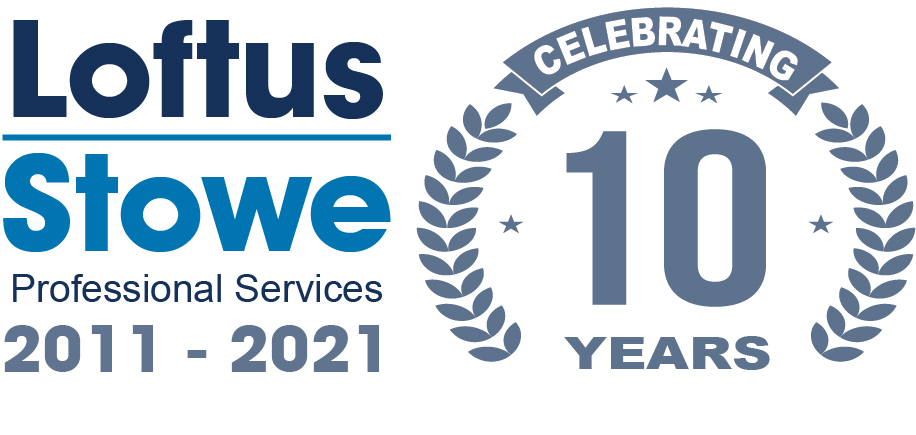Barclays
Despite falling by 4% already this year, shares in Barclays (LSE: BARC) (NYSE: BCS.US) could deliver impressive returns during the course of 2015. Thats because Barclays offers investors a potent mix of excellent growth prospects and a highly appealing valuation, which, together, could act as a catalyst to push the banks share price higher.
For example, Barclays is forecast to increase earnings by 30% in the current year, followed by a further 20% rise in 2016. This means that Barclays net profit could be as much as 56% higher in 2016 than it was in 2014, which would be an astounding rate of growth. And, with shares in Barclays trading on a price to earnings (P/E) ratio of just 9, it seems to offer excellent value for money, too. As a result, it could prove to be a star performer in 2015 and beyond.
Aviva
With Avivas (LSE: AV) (NYSE: AV.US) takeover of Friends Life being agreed in December, 2015 looks set to be a period of yet more considerable change for the life insurance major. It comes after numerous disposals, a major restructuring and a rationalisation of the business have taken place and shows that Aviva continues to have excellent long term potential, with synergies of around 225 million being mooted from the deal.
Of course, Aviva remains a top notch income and value play in the meantime. For example, it is forecast to yield 4.3% in the current year, with a planned increase in dividends per share next year of 21.1% having the potential to push its yield to 5.1%. And, with a P/E ratio of just 9.6, it appears to be ripe for an upward rerating over the medium term.
RSA
Having endured a tough time in recent years, with allegations of accounting scandals and a share price that has declined by a third in the last five years, things seem to finally be on the up for investors in RSA (LSE: RSA). Thats because the insurance stock is expected to increase its bottom line by 24% in the current year, and by a further 14% next year both of which are considerably faster growth rates than the wider index and the majority of its sector peers.
Despite this, shares in RSA continue to trade on a relatively low valuation. For example, they have a P/E ratio of just 12.5 and, when combined with such a strong rate of growth, this equates to a price to earnings growth (PEG) ratio of just 0.5, thereby indicating that growth is on offer at a very reasonable price. As such, shares in RSA could reverse the decline of previous years moving forward.
Of course, finding stocks that are worth adding to your portfolio is not an easy task. That’s why the analysts at The Motley Fool have written a free and without obligation guide called 10 Steps To Making A Million In The Market.
The guide is simple, straightforward and you can put it to use right away on your own portfolio. It could help you to unearth the best stocks before everyone else does and make 2015 and beyond an even more prosperous period for your investments.
Click here to get your copy – it’s completely free and comes without any obligation.
Get FREE Issues of The Motley Fool Collective
Get straightforward advice on whats really happening with the stock markets, direct to your inbox. Help yourself with our FREE email newsletter designed to help you protect and grow your portfolio wealth.
By providing your email address, you consent to receiving further information on our goods and services and those of our business partners. To opt-out of receiving this information click here. All information provided is governed by our Privacy Statement.
Peter Stephens owns shares of Aviva, Barclays, Friends Life and RSA Insurance Group. The Motley Fool UK has no position in any of the shares mentioned. We Fools don’t all hold the same opinions, but we all believe that considering a diverse range of insights makes us better investors.





